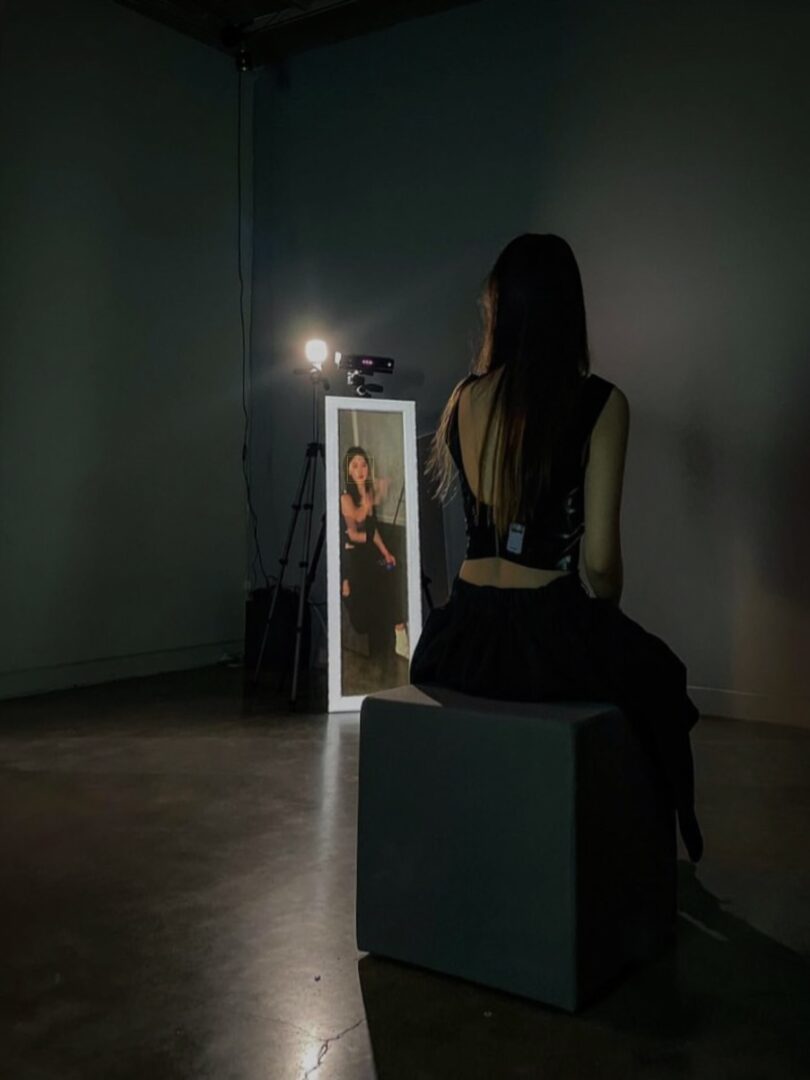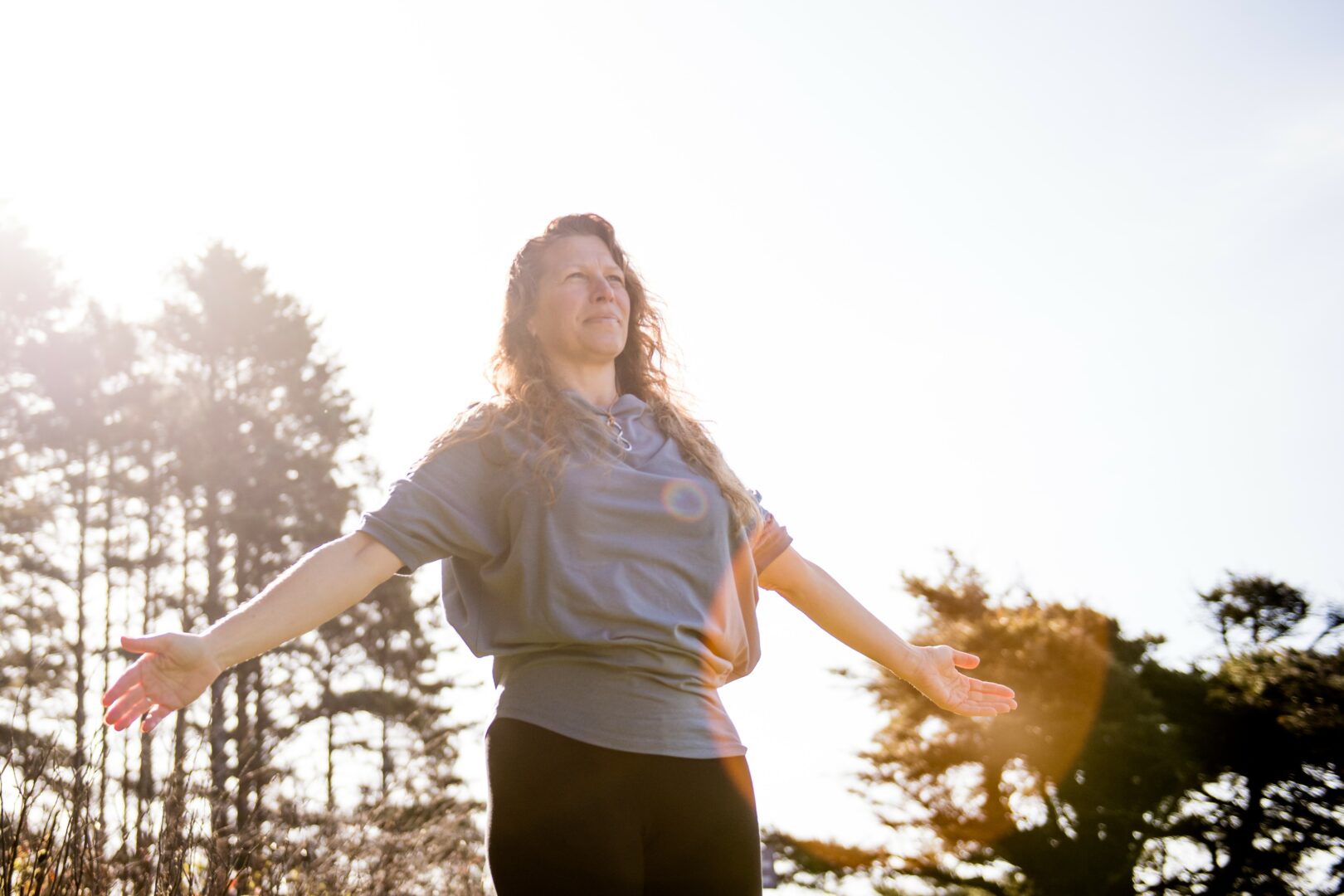Alright – so today we’ve got the honor of introducing you to Cassidy(Yitong) Chen. We think you’ll enjoy our conversation, we’ve shared it below.
Cassidy(Yitong), so great to be with you and I think a lot of folks are going to benefit from hearing your story and lessons and wisdom. Imposter Syndrome is something that we know how words to describe, but it’s something that has held people back forever and so we’re really interested to hear about your story and how you overcame imposter syndrome.
As someone who grew up in a traditional East Asian family, I have always struggled with self-confidence. My mother is a highly successful career woman, and although she never explicitly set high expectations for me, her strong sense of responsibility and determination naturally led her to have many demands, particularly when it came to details.
From a young age, the education I received was not centered around rewards or encouragement, but rather strict demands and high standards. This environment shaped me to have very high expectations for myself, which has allowed me to strive for excellence in many aspects of my life. However, it has also led me to frequently feel inadequate. Even when I achieve something, my inner satisfaction is fleeting. After the brief moment of joy, I immediately shift my focus to the next goal, constantly thinking about how to maintain the current state or continue progressing. In fact, I often doubt whether I truly deserve my “achievements,” and I tend to immediately reflect on what I could have done better or how I can improve.
In my graduate program, I am enrolled in the ITP at NYU Tisch, which brings together top students from various fields with an interest in art and technology. Some classmates come from computer science backgrounds, while others come from cognitive science fields. I often feel incredibly fortunate to be part of such a diverse community. At the same time, I frequently feel a gap between myself and those with different backgrounds. When I first started the program, I had a strong desire to prove my capabilities, especially when surrounded by classmates with strong technical or academic backgrounds. I often felt compelled to do more and be better in order to compensate for my perceived shortcomings in the technical areas.
However, over time, and through more collaborative projects, I gradually began to recognize my own unique strengths. In overcoming self-doubt, it was these practices that continually reinforced my belief in myself. Everyone has their own place and value in the world, and it is unfair to compare my own weaknesses with others’ strengths. In facing the challenge of self-doubt, I came to realize that these feelings are not entirely grounded in reality, but are more likely shaped by the family and cultural background I was raised in. Slowly, I learned to accept myself and the doubts I had. I am learning to find balance within these emotions, keep moving forward, and turn them into motivation for my growth.
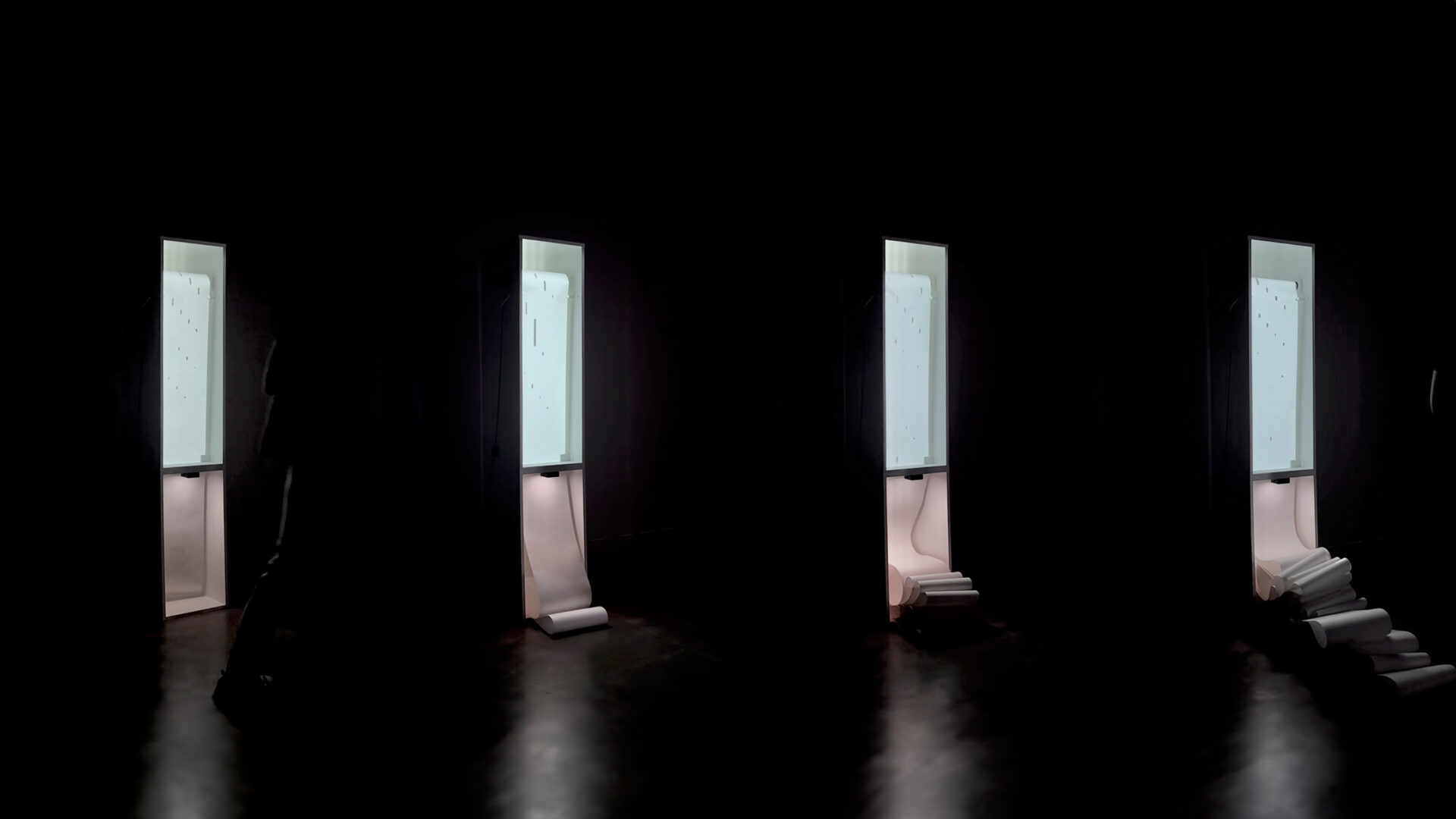
Great, so let’s take a few minutes and cover your story. What should folks know about you and what you do?
I see myself as someone who exists between the roles of artist and designer. With a background in fine art and art history, my creative practice spans video, sculpture, and installation, and centers on the hybridization of reality and representation in response to the digital age and its conditioning of human experience. I’m particularly drawn to the way technology infiltrates our daily lives—how it both connects and distances us from reality, quietly reshaping our worldview with an invisible yet ubiquitous force. Through the assembly of everyday objects and imagery, my work blends the physical and the virtual, the natural and the artificial, the real and the simulated, without a clear line where one ends and the other begins.
When I moved to New York to pursue my master’s degree, I found myself immersed in an environment rich with new perspectives and interdisciplinary exchange. Surrounded by people from diverse backgrounds and fields, I was exposed to how technology is interpreted and applied in vastly different ways. This experience challenged and expanded my way of thinking, and gradually opened up the possibility of transitioning from an artist to a designer. While I still continue to make art, I’ve also become increasingly interested in how creativity can be more grounded, intuitive, and accessible—how it can invite everyday participation and interaction.
Influenced by Japanese design and my fascination with the poetics of everyday objects, I developed a series of interactive devices during graduate school. These objects playfully subvert the functions we typically assign to familiar things, responding to daily scenarios with both humor and speculation. Among them are a portable, phone-sized “car window wiper” that cleans phone screens; a shoe-shaped automatic door holder for when you forget your keys; sunglasses with a built-in fan to discreetly dry tears; and a bowing lamp that responds to a user’s movement.
Beyond my practice as an artist and designer, I’m also deeply involved in curatorial work. New York is home to an extraordinary range of artists, and with my passion for art and community, I naturally began reaching out to connect with others. During my time in graduate school, I curated my first new media art exhibition. Compared to traditional mediums, new media remains unfamiliar and full of curiosity for many audiences. Through this experience, I realized that I not only enjoy making art but also take great satisfaction in supporting artists—helping them present their work and bringing thoughtful, experimental projects into public view.
Since then, I have curated two more exhibitions, each offering new challenges and opportunities for growth. My goal is to expand the reach of new media art, bringing it into broader public spaces and bridging the gap between emerging artistic practices and general audiences. I believe curating, much like creating, is about fostering meaningful encounters—and I hope to continue doing both.

Looking back, what do you think were the three qualities, skills, or areas of knowledge that were most impactful in your journey? What advice do you have for folks who are early in their journey in terms of how they can best develop or improve on these?
Looking back, I think the three qualities that have had the most impact on my journey are perseverance, embracing imperfection, and staying open-minded.
The first is perseverance. As I’ve grown older, I’ve realized that the results of what we do often take longer to appear than they used to. Unlike when we were younger, we can no longer expect immediate feedback or validation after completing something. Sometimes, the outcome reveals itself much later. That waiting period can be painful, full of self-doubt and uncertainty. But I’ve come to believe that creative work is made up of exactly that—moments of self-questioning, tears, long hours of sitting in silence, and occasional sparks of inspiration. You have to keep going to see what it might become.
The second is something I once heard in an interview: “Getting things done is more important than getting things perfect.” It really stayed with me. Along the way, you will always encounter resistance—technical, emotional, or external. If you spend too much time chasing perfection or trying to solve every problem flawlessly, you may lose sight of your original intention. I’ve learned that what really matters is the ability to accept imperfection while still finishing what you set out to do. Completion is powerful because only then can something exist, evolve, and be shared.
The third is being open-minded. When I first moved to New York, I felt a deep sense of insecurity. I closed myself off from new experiences and rejected things that didn’t meet my internal standards. But over time, I realized that this was completely at odds with why I came here in the first place. I came to New York to encounter differences—to be exposed to things I didn’t already know or understand. If I kept shutting those things out, I would only be building my own filter bubble. I’ve since learned that being open-minded doesn’t mean accepting everything without judgment—it means staying neutral, being willing to observe, and allowing space for things that are unfamiliar.
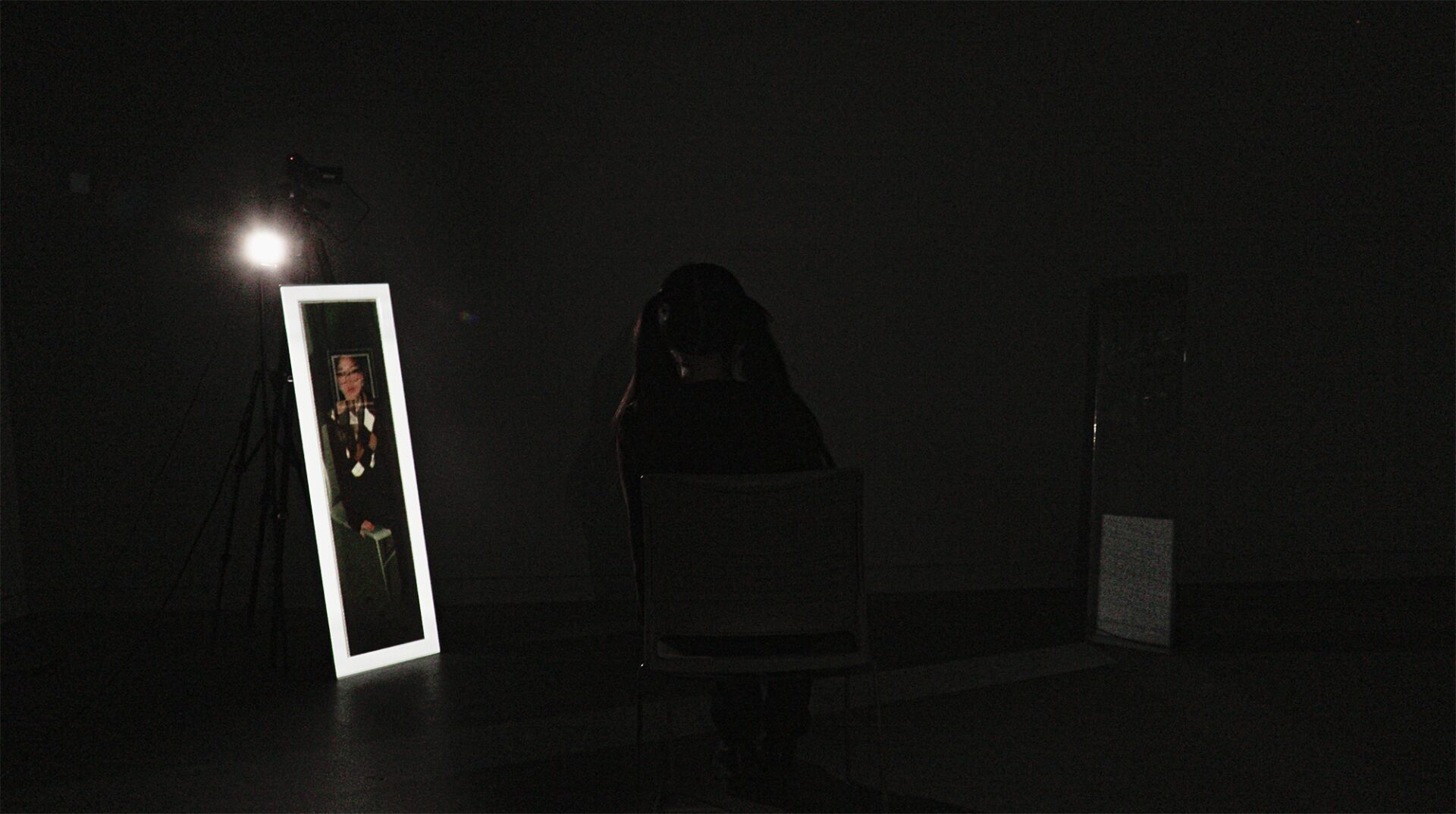
How can folks who want to work with you connect?
This is an interesting question to me. If you had asked me two years ago, I probably would have said no. Coming from a fine art background, I was trained to work independently. Artistic expression is often deeply personal, and because every artist has their own language and sensibility, deep collaboration between artists can be quite rare.
But now, my answer is completely different—I truly welcome collaboration, whether in creative work or curatorial practice. During graduate school, I was “forced” into a few group projects at first, and through those experiences, I began to understand the value of collaboration. It’s a powerful way to amplify each person’s strengths and compensate for one another’s gaps. Working with people from different backgrounds not only brought me new inspiration but also allowed me to create things I never could have achieved on my own. If I am doing personal projects, I also find myself reaching out to people who were more experienced in certain areas I wasn’t comfortable with. I’ve come to accept that I don’t need to be good at everything. In fact, asking for help and choosing to collaborate can be a smarter and more effective way to move a project forward.
More importantly, collaboration has helped me build a sense of community. Artistic practice can sometimes feel isolating, but working with others has given me a stronger sense of support and emotional connection. Some of the collaborations I started have grown into long-term friendships, creative partnerships, or even co-curated exhibitions. At that point, collaboration becomes more than just completing a task, it becomes a way of staying in conversation with others.
I’m especially excited to collaborate with people who are curious about the world, observant, and unafraid of uncertainty. Whether you come from an art, technology, architecture, or computer science background, if you’re open to thinking, experimenting, and not afraid to fail, I’d love to work with you or simply connect as friends.
If you’re reading this and feel interested in what I do, feel free to reach out: [email protected]. I’m always happy to meet like-minded people and turn uncertain ideas into something real, together.
Contact Info:
- Website: https://yitongchen1999.com/Art
- Instagram: cas_idy
- Linkedin: https://www.linkedin.com/in/cassidy-chen-4871b2318/

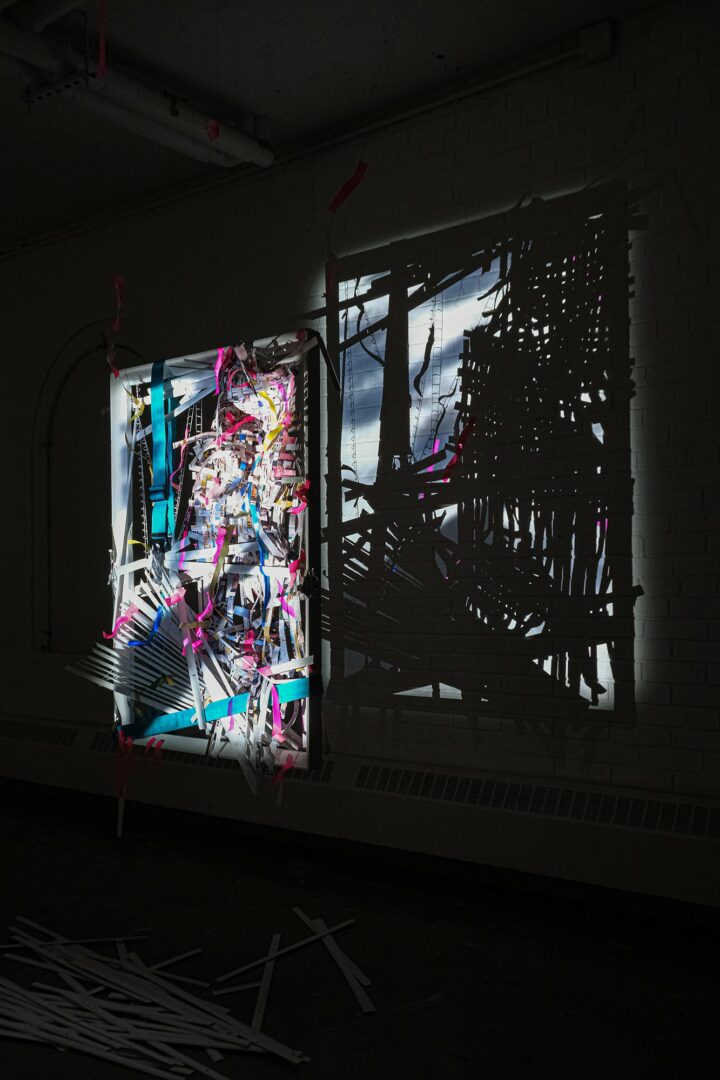
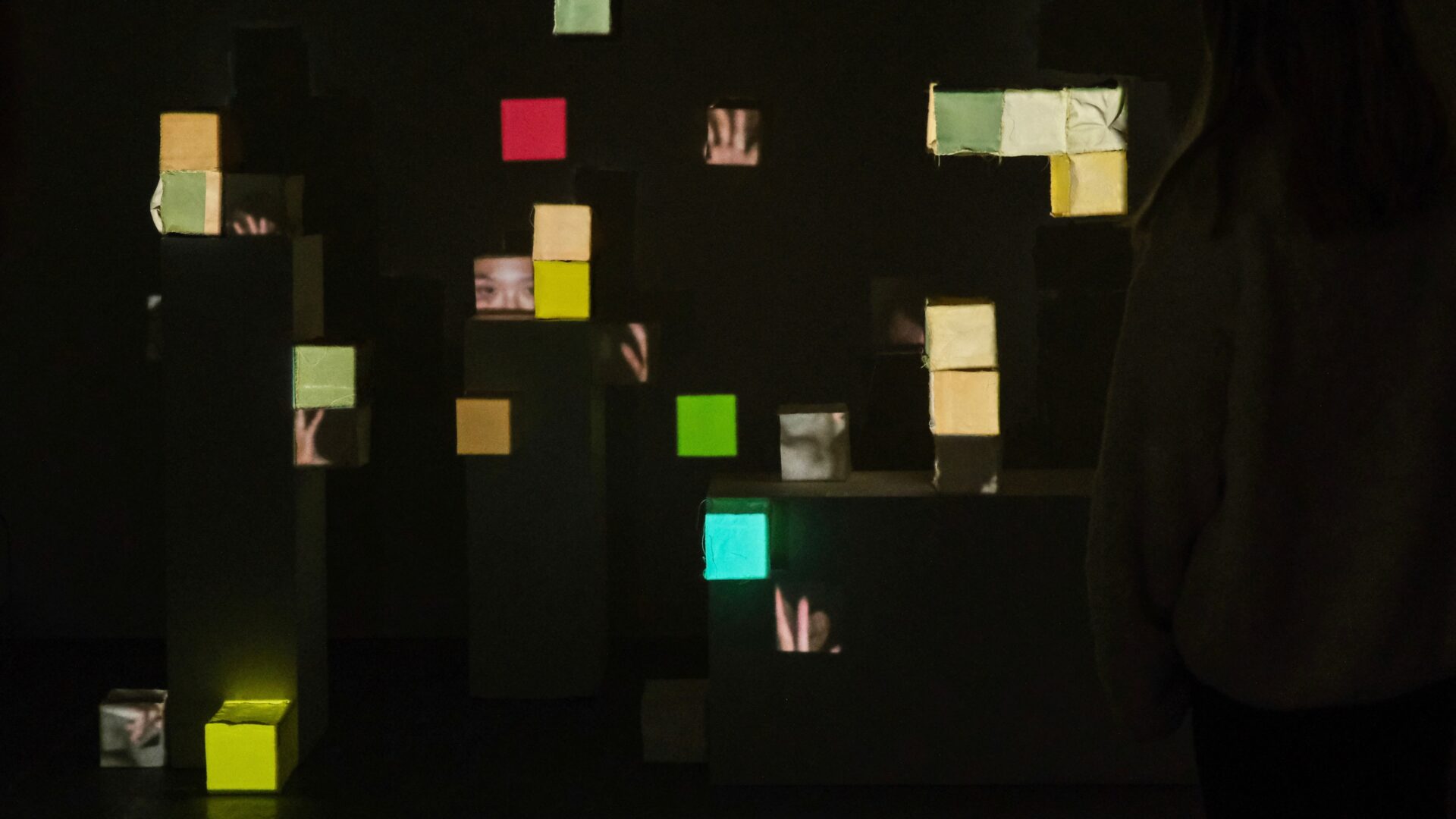
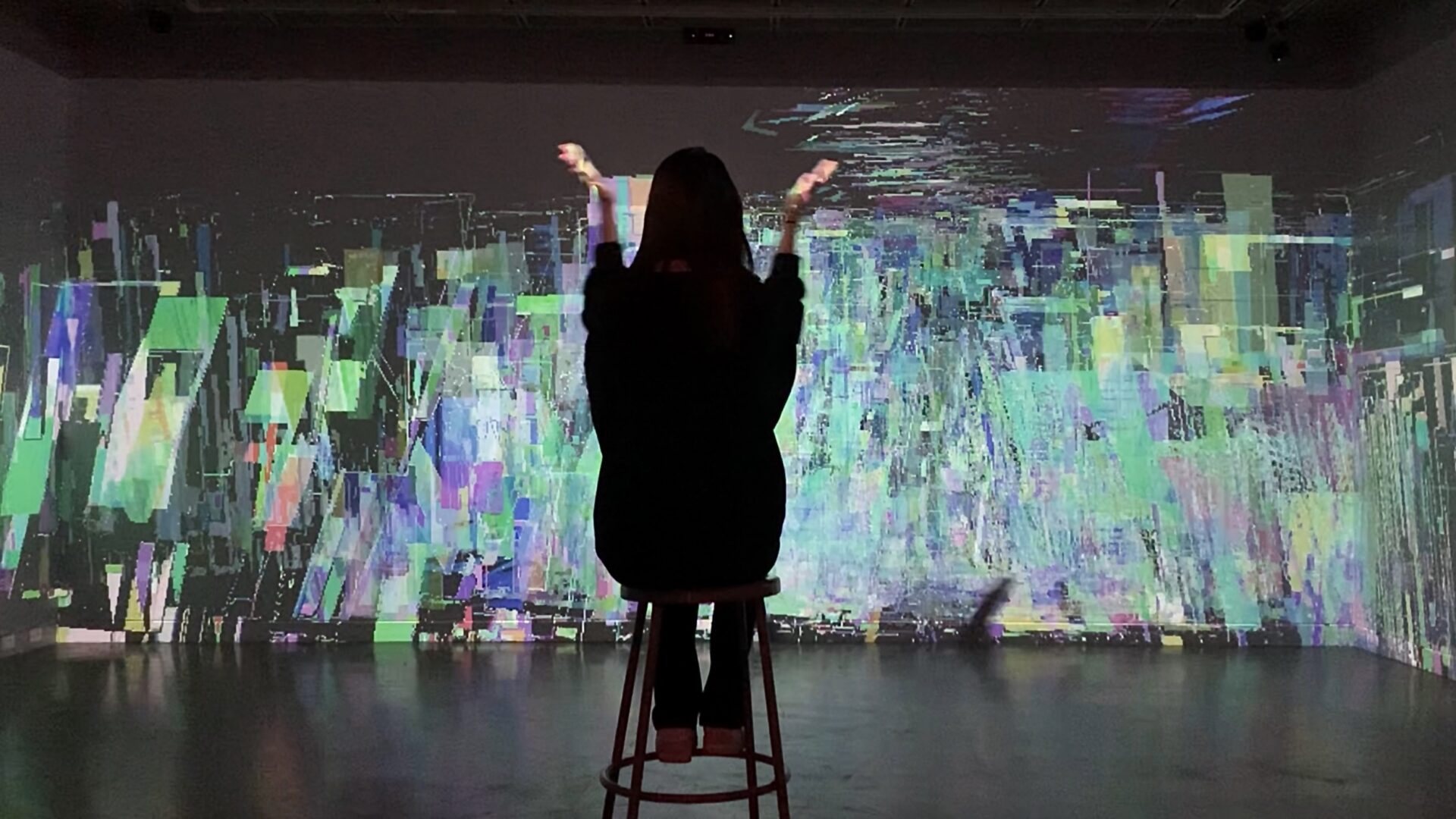
so if you or someone you know deserves recognition please let us know here.

